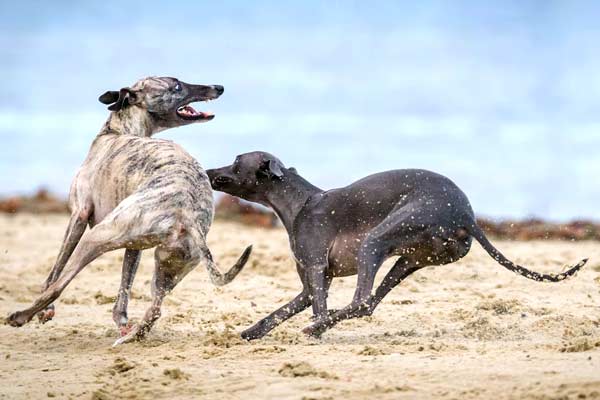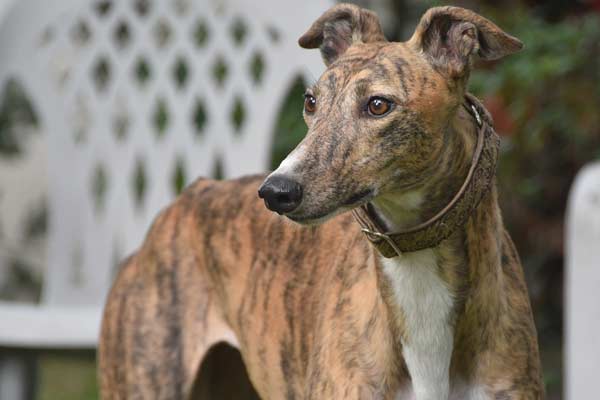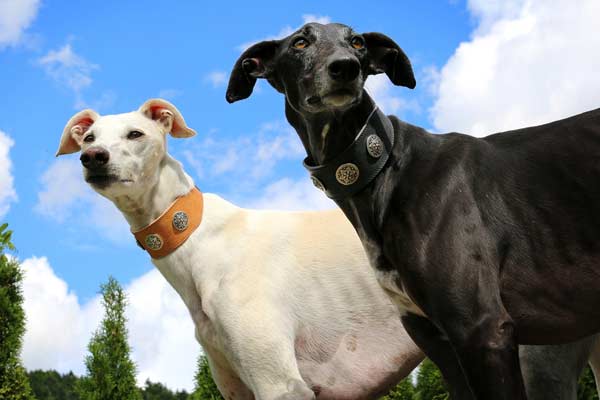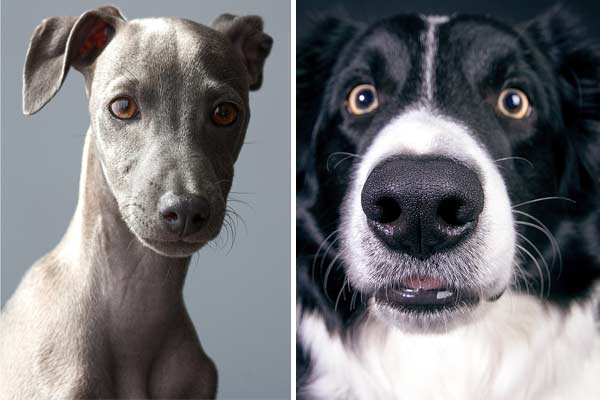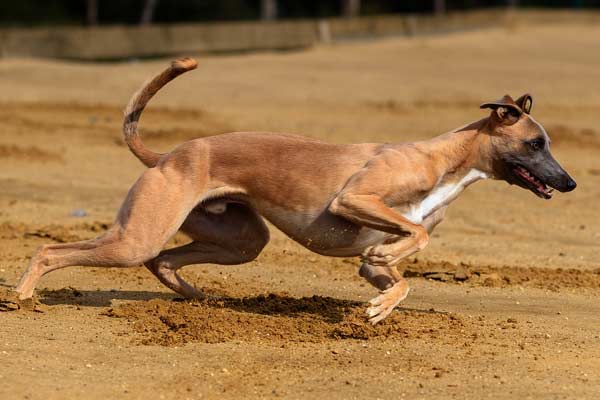How Can Fast Greyhounds Run? Unbelievable Speed
Have you ever wondered how fast a greyhound can run? These amazing animals have been clocking up to 45 miles per hour, making them some of the fastest creatures on earth. But what is it that makes these dogs so speedy?
So buckle up and get ready for an in-depth look at one of nature’s most remarkable speedsters! This blog post will explore the incredible physical and mental attributes that give greyhounds extraordinary speed.
We’ll break down exactly why these canine athletes are such impressive runners.
We’ll also discuss records set by greyhound racers, training tips to maximize your dog’s speed, common misconceptions about how fast these dogs can go, and health concerns related to running at top speeds.
So if you’ve ever wondered why greyhounds are such speedy creatures or wanted to learn more about maximizing your pup’s potential in competition races, read on!
Greyhounds Physical Characteristics
Greyhounds are easily recognizable by their athletic, streamlined builds and graceful gait. They have deep chests and long limbs that facilitate their running speed and agility.
Their heads are narrow with expressive eyes, ears that lay flat against their skull, and a long neck that enables them to keep their head up while running at full speed.
Greyhound coats come in various colors and are typically short, soft, and sleek.
The Greyhound typically stands between 27 and 30 inches (69 to 76 cm) tall at the withers. This athletic yet elegant breed usually weighs anywhere from 60 to 70 pounds (27 to 32 kg).
How Can Greyhounds Run Fast?
The answer lies in their unique anatomy. Greyhoundsbred for running with a long, streamlined body and deep chest that helps facilitate sprinting.
Their long, thin legs are solid and provide the power needed to reach top speeds.
In addition, their narrow heads, small ears, and light bones also contribute to their fast running ability.
The Science Behind Why Greyhounds Run Fast
But there’s more to the story than just anatomy! Greyhounds also have a physiological advantage over other breeds regarding running.
Their hearts are larger than average, allowing them to pump more blood and oxygen throughout their body with each beat which helps them reach maximum speeds much faster than other breeds.
They also have an incredibly efficient respiratory system, allowing them to take in more oxygen with each breath, enabling their muscles to work harder and longer.
Finally, greyhounds have solid hind legs, which provide them with the necessary leverage to reach top speeds. Their large muscles and long stride create a powerful force that propels them forward when running at full speed.
Records Set by Greyhounds in Racing Competitions
Greyhounds have set several records in racing competitions. The highest speed at which any greyhound has reached is 67.32km/h (41.83mph) over a straightaway track at Wyong, New South Wales, Australia, on 5 Mar 1994 and done by a greyhound named Star Title in 19.57 seconds!
On average, a greyhound can maintain its top running speed of 45 mph for about 250 meters (about 273 yards).
How Can I Train My Greyhound to Run Faster
Greyhounds have been bred for generations to be fast runners and have a natural talent for sprinting. However, it is still possible to train your Greyhound even further to maximize its speed potential.
The key to training your Greyhound is consistency and patience. Regular exercise will help develop strong muscles and increase endurance. Short sprints with rest periods in between will also help to build up speed.
It’s important to note that greyhounds are sprinters, not long-distance runners; when training your dog, focus on speed rather than endurance.
Additionally, providing your dog with a healthy diet full of lean proteins, complex carbohydrates, and omega-3 fatty acids is essential to ensure that they have the fuel necessary for optimal performance.
Health Risks Related to Greyhound Racing
Greyhound racing is a popular sport enjoyed by many, but it can also be dangerous and pose serious health risks for the greyhounds taking part.
From sprains and strains to fractures and even heart issues, these dogs are prone to injuries due to the intense physical activity they endure while racing.
In addition, they often suffer from dehydration after races due to excessive panting and lack of access to water during events.
Arthritis is another issue that affects greyhounds due to their repetitive work with a high impact on their joints.
What Happens to Greyhound Dogs After Racing?
Unfortunately, the fate of these dogs is not always a happy one. Many greyhounds are retired from racing and put up for adoption. However, many greyhounds are either abandoned or euthanized due to their inability to find a new home.
Thankfully, many rescue organizations are working hard to find homes for retired greyhounds, providing them with anything else they may need to live out their remaining years in comfort.

Greyhound Vs. Cheetah
Cheetahs are born with lightweight bodies and long legs designed to cover maximum ground in a single stride. Their incredible acceleration, reaching up to 80 miles per hour in short bursts, is powered by powerful muscles and great cardiovascular strength.
On the other hand, greyhounds are the best for short sprints over a limited distance, with their top speed reaching only up to 45 miles per hour. Greyhounds rely on agility and reflexes to navigate tight turns and obstacles while running flat out.
In terms of sheer speed, the cheetah leaves the Greyhound in the dust. But the Greyhound is a force to be reckoned with for short bursts of intense acceleration and agility!
Ultimately, it depends on what race you’re running – if you need raw speed, then a cheetah would be your best bet. But a greyhound might be your best friend if you want something more tactical and agile. Regardless of your choice, both species are awe-inspiring and demonstrate the power of nature at its finest!
10 Fastest Dog Breeds
| Dog Breed | Top Speed (mph) |
|---|---|
| Greyhound | 45 |
| Saluki | 42 |
| Vizsla | 40 |
| Afghan Hound | 38 |
| Pharaoh Hound | 36 |
| Borzoi (Russian Wolfhound) | 35 |
| Whippet | 34 |
| Irish Wolfhound | 32 |
| German Shepherd | 30 |
| Siberian Husky | 28 |
